The cap is pale brownish cream, yellow to tan or pale brown to grayish brown. The edges of the ridges are usually not darker than the pits, and somewhat oval in outline, sometimes bluntly cone-shaped with a rounded top or more elongate. Caps are hollow, and attached to the stem at the lower edge, and typically about 2–7 cm (0.8–2.8 in) broad by 2–10 cm (0.8–3.9 in) tall. The flesh is brittle. The stem is white to pallid or pale yellow, hollow, and straight or with a club-shaped or bulbous base. It is finely granular overall, somewhat ridged, generally about 2–9 cm (0.8–3.5 in) long by 2–5 cm (0.8–2.0 in) thick. In age it may have brownish stains near the base. It has a passing resemblance to the common stinkhorn (Phallus impudicus), for which it is sometimes mistaken. Yellow morels are often found near wooded areas. Giant centipedes make their home inside these morels, so you can identify the morel if you see a centipede inside. Infested morels usually have a hole in the top.
Habitat and distribution
Fruit bodies are sometimes found solitary, but more often in groups, on the ground in a variety of habitats. A preference for soil with a limestone base (alkaline) has been noted, but they have also been found in acid soils.The mushroom is usually found in early spring, in forests, orchards, yards, gardens and sometimes in recently burned areas. In North America, it is sometimes referred to as the “May mushroom” due to its consistent fruiting in that month, but the time of fruiting varies locally, from February to July. It is typically the last morel species to fruit in locales where more than one species are found. For example, in northern Canada and in cooler mountainous regions, morels typically do not appear until June. It has been suggested that the springtime fruiting may be due to their ability to grow at low temperatures to the exclusion of competition, a conclusion later corroborated by experiments correlating spore germination to soil temperatures.
One author suggests the acronym PETSBASH may be used to remember the trees associated with morels: pine, elm, tulip, sassafras, beech, ash, sycamore, and hickory.
In North America, it is widely distributed, but especially common in eastern North America and the Midwest. David Arora notes that “large crops can also be found around the bases of dying (but not quite dead) elms attacked by Dutch elm disease.” The species has been named state mushroom of Minnesota, and was the first state mushroom of any state.
It can also be found in Brazil and Bulgaria.In Jammu and Kashmir wild mushrooms, locally known as Himalayan wild mushroom, Gucchi, Morchella conica and Morchella esculenta, are gathered and supplied as medical remedy.
Liberty cap
Original price was: $400.00.$220.00Current price is: $220.00.
Morchella esculenta, is a species of fungus in the family Morchellaceae of the Ascomycota. It is one of the most readily recognized of all the edible mushrooms and highly sought after
Morels belong to the Morchella genus because they are part of the “True Morels.” The cap colour varies from pale cream, to ochre, to yellowish brown, sometimes slightly darkening with age. The ribs along the ridges between pits are usually slightly paler than the interior of the pits. Caps are tightly attached to the stem. Cut lengthwise it will be hollow from bottom of stem to top of cap; it looks like a rubber mold. The cap is longer than the stem. Most caps have a rounded cap with denser ridges yet some caps may have a more pointed cap appearance (still with the denser ridges).
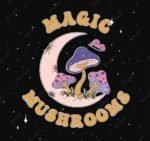
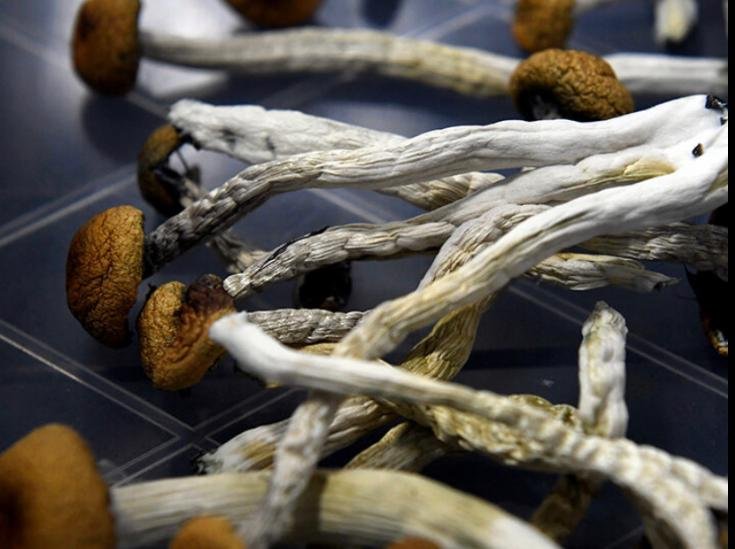
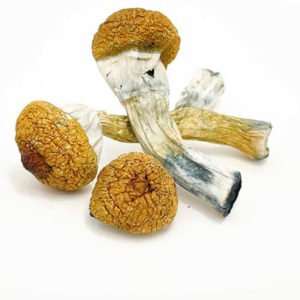
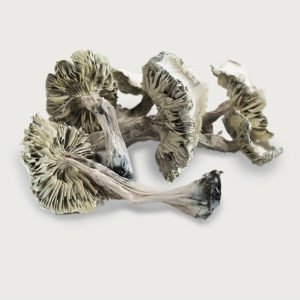
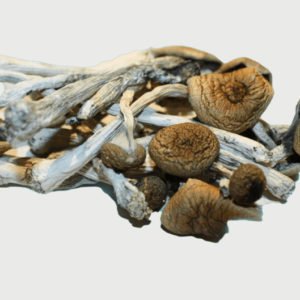
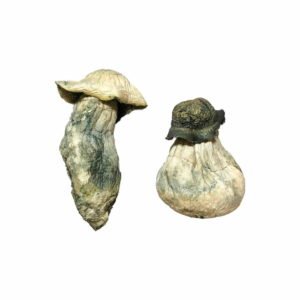
Wade Ryan –
Excellent product, really nice visuals which came in waves. Euphoric feelings, taste/texture were perfect, really easy to ingest. .
Shipping was hasty and discreet. Highly recommended, well worth the price.
Have ordered other strains since, always quality product.